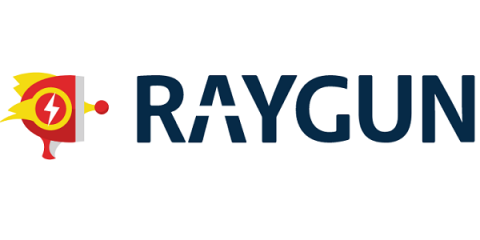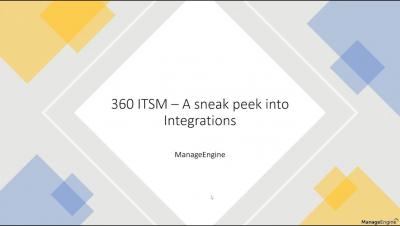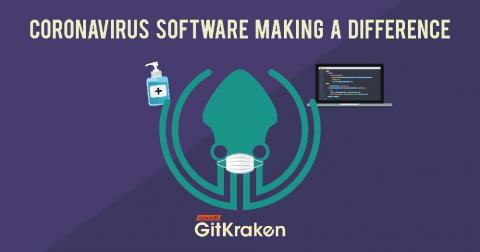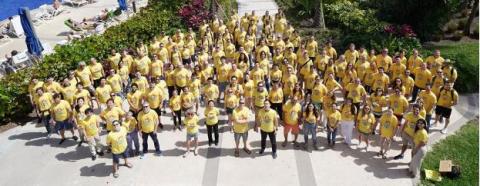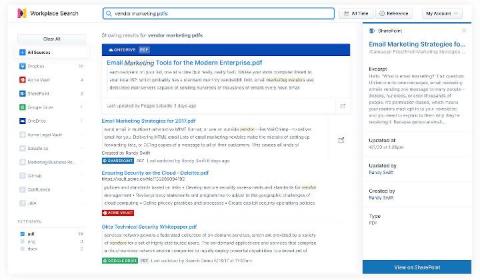Phillip Ahereza and Allan Guwatudde win Mattermost Bot Hackfest with DigitalOcean Plugin
More than 2,000 developers from around the world participated in our open source bot hackfest, which we hosted on HackerEarth from January 10 through March 2. The goal of the event was to work with our community to create open source chatbots that integrate with Mattermost to accelerate DevOps and DevSecOps workflows, and we received many amazing submissions! We gave away $10,000 in prizes, including $6,000 cash to our top contributors.






